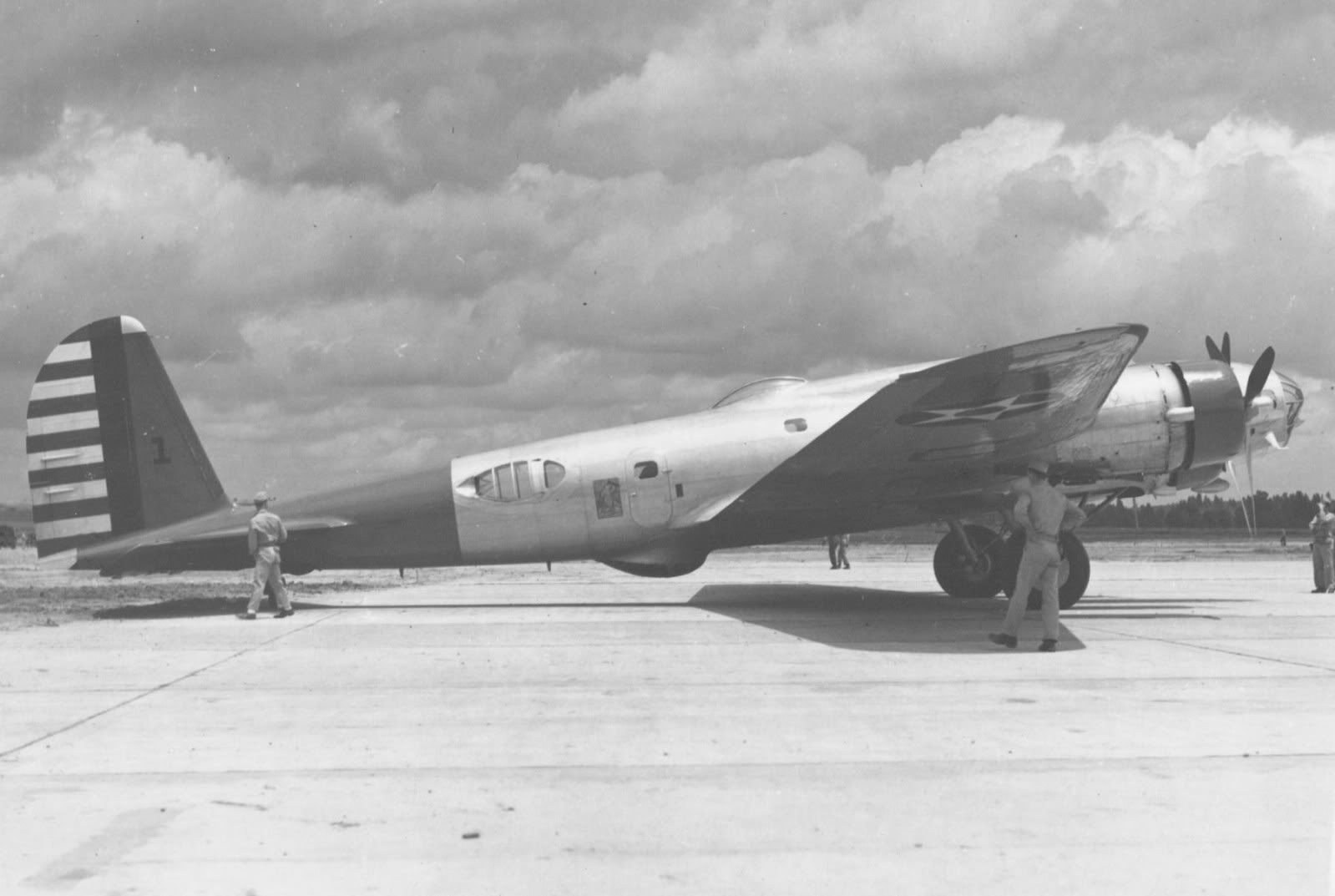DanK,pokryshkin wrote:Wow!!
My humble, profuse, and abject apologies, gentlement!!
I'm going to take a look at that report.
Thank you for the data!
Regards,
Dan Katz
([Dennis L. Katz - though anyone in the hobby {and all my family members, since about 1960}know me as Dan)
AAHS #18301, 1990-2000.
IPMS-USA #2018, 1967-74/1990-91
SAFCH #1512, 1990-2000)
PS -Just took a look at that report. WOW!!! This confirms everything I've ever read about the war up there - that both we AND the Japanese had to fight the weather even more than each other!!
I HAVE a photo of this aircraft in the form in which she saw action!
I just can't seem to attach it to this post! The photo I have is on the ground, seen from the right side, almost even with the rear entry door. The right wing masks the cockpit. The waists are flush, but top and bottom positions are the blisters. The rear fuselage to just aft of the waists is orange, with prewar tail stripes, and a black "1" on the fin; the cowlings may also be orange. A prewar star-circle-center dot is seen under the right wing, and the rest of the aircraft is natural metal, near as I can tell. The wingtips outboard of the ailerons MAY be another color, it's hard to tell as this area is in shade.
Hope this helps.
-Dan K.
More Cold Weather B-17B
Here is some additional information on that Cold Weather Detachment based at Ladd Field, Alaska. The orginal commander of the Cold Weather Detachment was Capt. Richard S. Freeman, Winnamac, Indiana. He was killed when his specially modified B-17B (38-216) crashed near Lovelock, Nevada, on Feb 6, 1941. Freeman Field, Seymour, Indiana, was named after him. The specially modified Ladd Field based B-17B 38-216 had taken off from Sacramento AAB, California, and was enroute to Wright Field, Ohio, via Denver, Colorado, when it suffered a catastrophic structural failure while flying in poor weather. The airplane broke up and crashed to earth. All on board were killed. A summary of this accident appears in Volume I of FATAL ARMY AIR FORCES AVIATION ACCIDENTS IN THE UNITED STATES, 1941-1945.
So there were two B-17B airplanes that were outfitted for the cold weather testing. There is a photo of the Ladd Field Cold Weather modified B-17B Number 1 on page 50 of Squadron/Signal Publication AIR FORCE COLORS VOL. I 1926-1942 by Dana Bell. The caption states that the photo was shot in June 1941, so this is likely to be B-17B # 38-215. From what I understand, some scattered wreckage of 38-216 still can be found at the wreck site near Ragged Top Mountain, Nevada. More on Freeman--he was a recipient of the Mackay Trophy, had been awarded the Distinguished Flying Cross and had been a pioneering Air Mail pilot.
C-47B Tony Mireles
.
.
.


